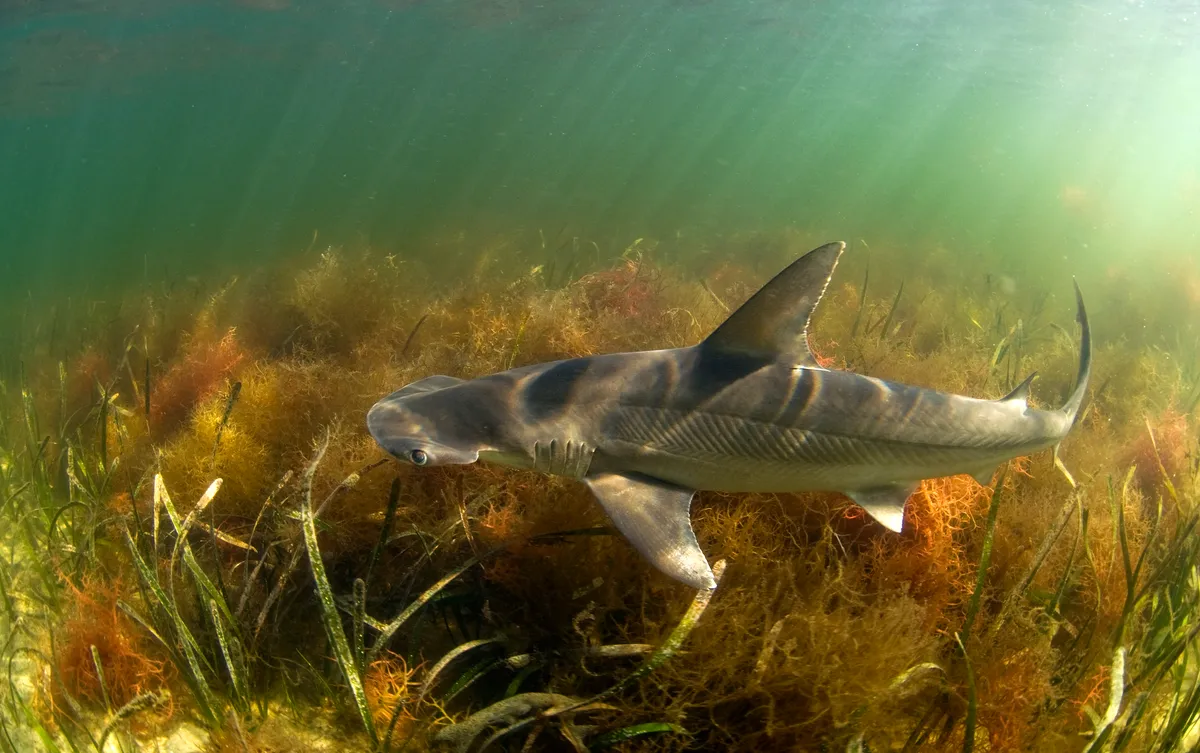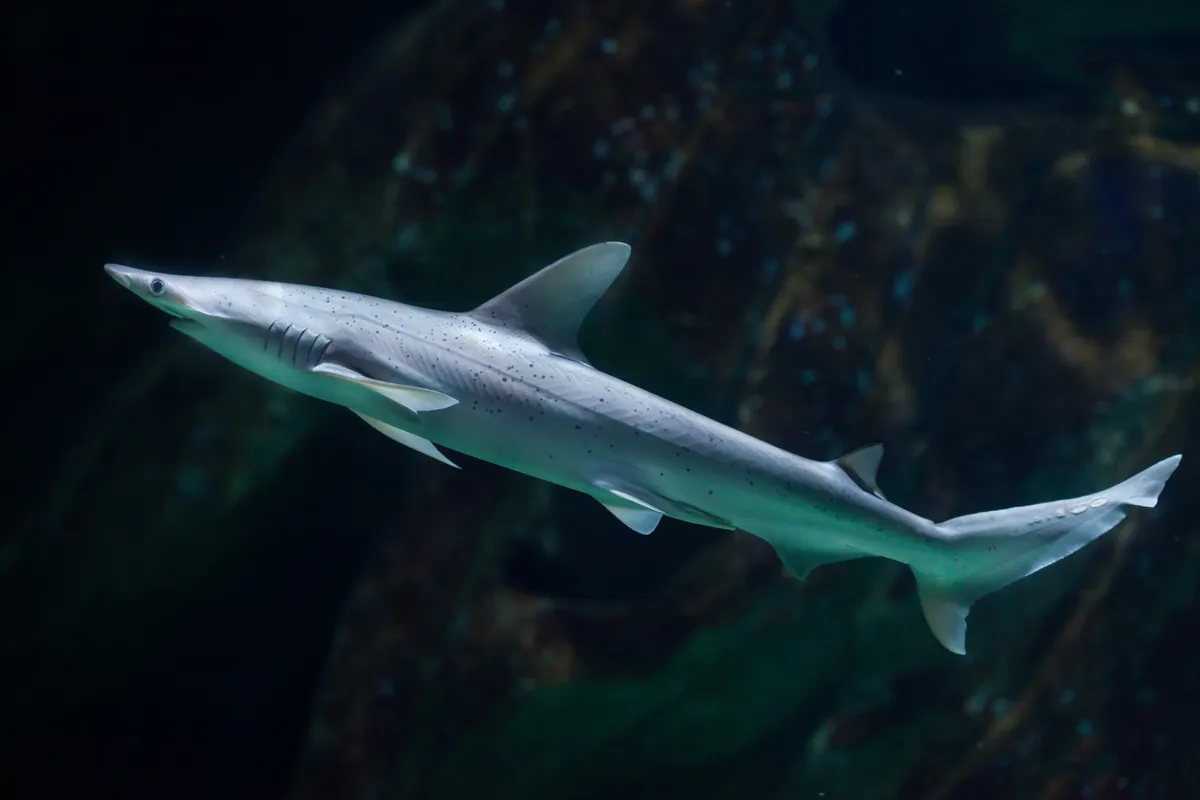The female bonnethead shark (Sphyrna tiburo) is able to give birth without having sex. Parthenogenesis, Greek for ‘virgin birth’, had never been recorded in cartilaginous fish until a bonnethead gave birth in a zoo aquarium in Omaha in 2007. Her tank mates were two other female bonnethead sharks and an assortment of rays, so who (or indeed where) was the daddy?
Female sharks have the ability to store sperm for months, if not years, so it was assumed this shark must have mated prior to being taken captive. The aquarium soap saga continued when the pup was killed by a stingray after just a few days. The unfortunate tragedy gave researchers the opportunity to do genetic analysis, revealing there was no ‘DNA of male origin’ in the baby shark.

Instead of being fertilised by a male’s sperm, the shark’s own genetic material combined during sex cell division. The cell which normally becomes the egg, fused with another cell produced during the process which normally dies, but also contains half the mother’s genetic material. Together these cells, with half her DNA, made the full set of chromosomes necessary to create a new shark.
Parthenogenesis appears to be a last resort tactic for bonnetheads that don’t have the opportunity to reproduce sexually. It’s since been observed in about 15 other shark and ray species living in aquariums. It is hard to detect in wild populations, but with environments becoming increasingly fractured, finding a sexual partner is likely to become progressively hard.

And sure enough, in 2015 researchers did discover parthenogenesis in a wild population of sawfish. The sawfish is a freshwater species that looks like it has a chainsaw attached to its face. It’s one of the world’s most Critically Endangered sharks – numbers have declined to one to five per cent of their original population size. The fact that these sharks have started to reproduce asexually indicates how desperate their decline has become.
Cloning sounds cool, but it’s a short-term strategy since it doesn’t allow the same genetic mixing that sex does, which enables the species to adapt to environmental change and new pathogens.
Main image: Bonnethead shark illustration © Holly Exley